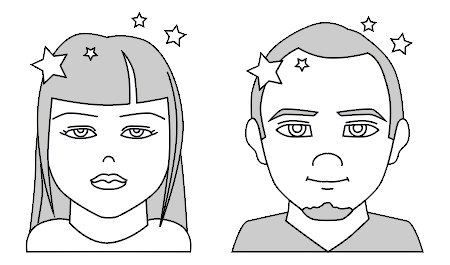Choose Your Own Adventure
An interactive analytics game
You've arrived, Sage.
You're playing Choose Your Own Adventure as the Sage analyst. Good luck!
Over one billion tourists travel each year. They spend over $885 billion on their trips worldwide. But who? And where?
Which country’s tourists spend the most money?
You choose to:
Build a scatterplot with country names and tourism expenditure. Then, you cluster countries by expenditure in Tableau, making it easy to see that (1) the United States is an outlier with high tourist spend, and (2) Germany and the UK form a distinct second group with high spending from their tourists as well.
You discover that:
Tourists from the U.S. spend the most money while traveling—by far. Tourists from Germany and the UK are runners up.
Advanced analytics technique:
You used clustering, or cluster analysis. Clustering is a statistical method for grouping data points. It helps you create groups with members similar to each other, and distinctly dissimilar from members of other groups. Tableau uses the k-means clustering algorithm with a variance-based partitioning method, which ensures consistency between runs. Learn more about how clustering works in Tableau.
Now you want to know…
Has this pattern always been the case?
You choose to:
Analyze the change over time by using the Pages shelf in Tableau, which allows you to click through views of your data over time. You create a set of countries based on high tourist spend. You note that tourists from the United States, Germany, and the UK, have led tourism spend in recent years, and haven’t changed position in quite some time.
You discover that:
Yes, since at least 1995, U.S. tourists have been the most spendy. But something funny happened to international tourist spend in 2009…
Analytics technique:
You conducted time series analysis in a few seconds, which plots a sequence of items at successive, equally spaced points in time. It’s often used to express the change of past values to current or future ones. You also created a set, a collection of distinct but related items.
This leads you to your final question:
Every country had a fallback in 2009. What was going on?
You choose to:
View the percent difference in number of arrivals and tourist expenditure over time, using table calculations in Tableau. Table calculations allow you to calculate across a dimension—in this case, time. You spot the dip you were looking for in both measures.
You discover that:
Between 2008 and 2009, countries worldwide saw a decline in both total number of tourist arrivals and tourist spend. The Recession of 2008 had a substantial impact on the tourism industry—though tourism in the United States bounced back more than other countries post-recession.
Analytics technique:
You calculated the percent difference for the entire dataset—the difference between two values divided by the initial value—in one click.
Start a new adventure as:
Prophet Analyst
Voyager Analyst
Mastermind Analyst
Advanced Analytics with Tableau
Discover how Tableau's advanced analytics features work.




